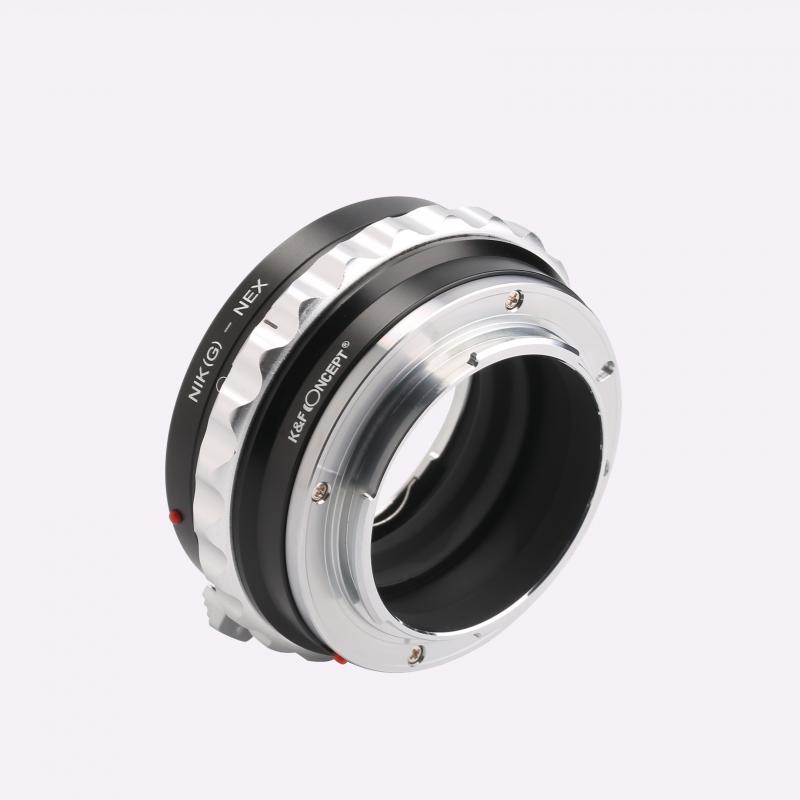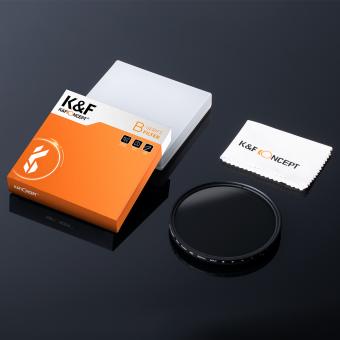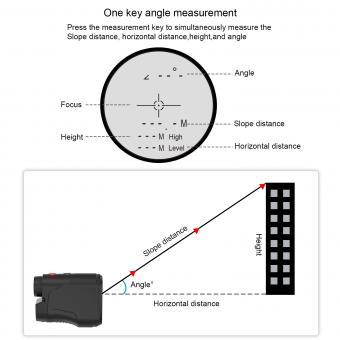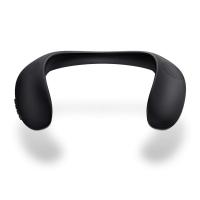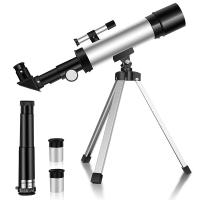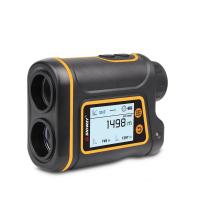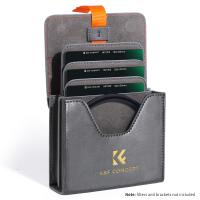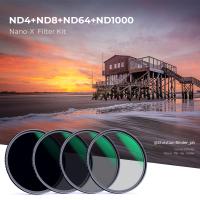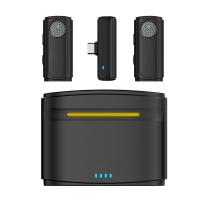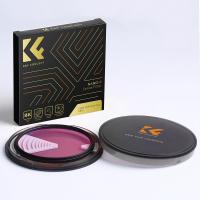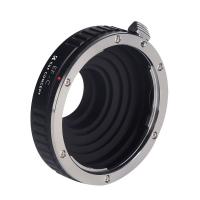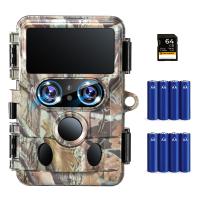Are Camera Batteries Allowed On Flights ?
Camera batteries are generally allowed on flights, but there are certain restrictions and guidelines that need to be followed. Lithium-ion batteries, which are commonly used in cameras, are typically allowed in carry-on luggage. However, spare or loose lithium-ion batteries are usually not allowed in checked baggage due to safety concerns. It is recommended to carry spare camera batteries in your carry-on bag and ensure they are properly protected to prevent short circuits. It is also advisable to check with the specific airline you are flying with, as they may have their own regulations regarding battery restrictions.
1、 Lithium-ion battery regulations for air travel
Yes, camera batteries are generally allowed on flights, including lithium-ion batteries commonly used in cameras. However, there are specific regulations and guidelines that passengers must adhere to when traveling with these batteries.
The International Civil Aviation Organization (ICAO) and the International Air Transport Association (IATA) have established regulations regarding the transportation of lithium-ion batteries on aircraft. These regulations aim to ensure the safety of passengers and crew by mitigating the risk of battery-related incidents.
According to the latest guidelines, spare lithium-ion batteries for personal use are typically allowed in carry-on baggage. However, there are restrictions on the size and quantity of batteries that can be carried. Generally, batteries with a capacity of up to 100 watt-hours (Wh) are allowed, and passengers are usually permitted to carry a maximum of two spare batteries. Batteries with a capacity between 100 and 160 Wh may be allowed with airline approval, but it is advisable to check with the airline beforehand.
It is important to note that lithium-ion batteries should not be checked in with the luggage in the cargo hold, as they pose a fire risk. Instead, they should be carried in the cabin where any potential incidents can be quickly addressed.
Passengers are also advised to take precautions when traveling with lithium-ion batteries. It is recommended to keep batteries in their original packaging or use protective cases to prevent short-circuiting. Additionally, terminals should be covered or insulated to avoid contact with metal objects that could cause a short circuit.
It is crucial to stay updated with the latest regulations and guidelines, as they may vary depending on the airline and country of travel. Passengers should consult the airline's website or contact their customer service for specific information regarding the transportation of camera batteries.
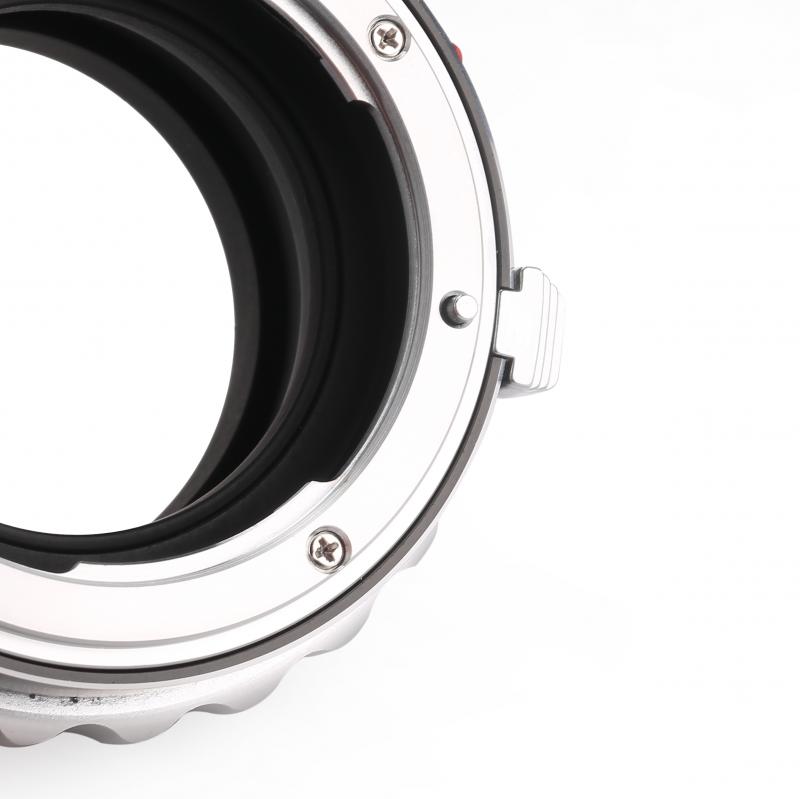
2、 TSA guidelines for carrying camera batteries on flights
Yes, camera batteries are generally allowed on flights according to TSA guidelines. However, there are certain regulations and restrictions that passengers must be aware of when carrying camera batteries on board.
The Transportation Security Administration (TSA) allows passengers to bring camera batteries in their carry-on luggage or personal items. Lithium-ion batteries, which are commonly used in cameras, are permitted as long as they are installed in the camera or packed in carry-on baggage. It is important to note that spare or loose lithium-ion batteries must be individually protected to prevent short circuits. This can be done by placing them in their original packaging, covering the battery terminals with tape, or placing each battery in a separate plastic bag.
In addition, there are limitations on the size and quantity of camera batteries that can be carried. Lithium-ion batteries with a watt-hour rating exceeding 100Wh are generally not allowed in carry-on or checked baggage. However, smaller batteries with a watt-hour rating between 100Wh and 160Wh may be permitted with airline approval. It is advisable to check with the specific airline for their policies regarding larger batteries.
It is also worth mentioning that some airlines may have additional restrictions or requirements for carrying camera batteries. It is recommended to review the airline's website or contact them directly to ensure compliance with their specific guidelines.
As of the latest information available, these guidelines remain in place. However, it is always a good idea to stay updated with the latest TSA regulations and check with the airline before traveling, as rules and restrictions may change over time.
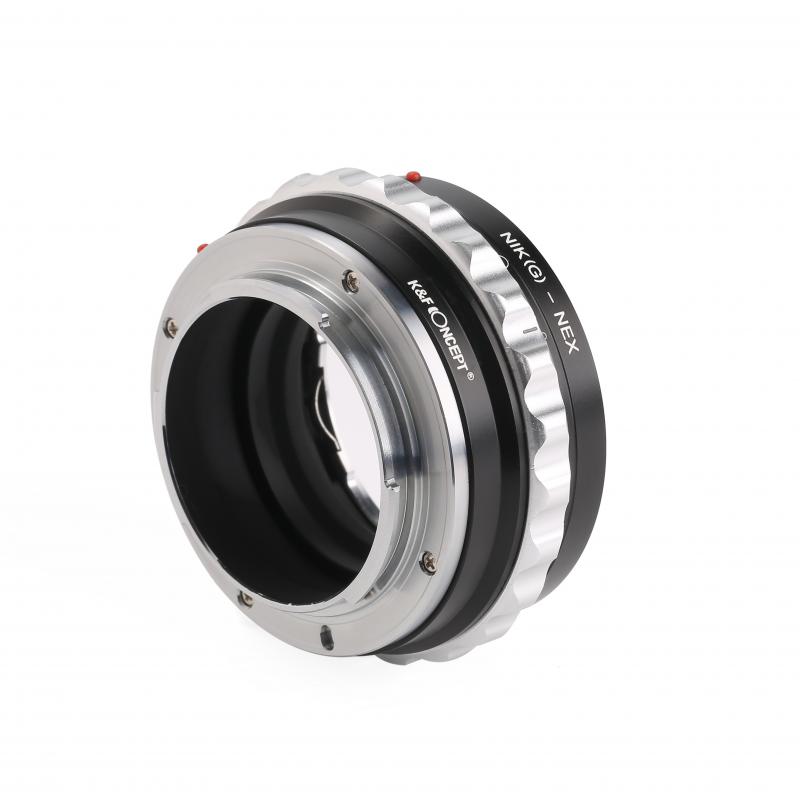
3、 International aviation rules regarding camera battery transportation
Camera batteries are generally allowed on flights, but there are some regulations and restrictions that passengers need to be aware of. International aviation rules regarding camera battery transportation are in place to ensure the safety of passengers and crew members.
According to the International Civil Aviation Organization (ICAO), spare lithium batteries, including those used in cameras, are typically allowed in carry-on baggage. However, there are limitations on the size and quantity of lithium batteries that can be carried. Lithium-ion batteries with a watt-hour rating exceeding 100Wh are generally not allowed in checked baggage, but they can be carried in the cabin with the airline's approval. Lithium metal batteries, commonly found in non-rechargeable cameras, are subject to similar restrictions.
It is important to note that airlines may have their own specific regulations and restrictions regarding camera batteries, so it is advisable to check with the airline before traveling. Some airlines may require passengers to carry spare batteries in their carry-on baggage rather than checked luggage.
In recent years, there have been concerns about the potential fire risk associated with lithium batteries. As a result, there have been discussions within the aviation industry about implementing stricter regulations regarding the transportation of lithium batteries. These discussions have focused on improving packaging and labeling requirements to enhance safety.
Passengers should also ensure that their camera batteries are properly protected to prevent short circuits. It is recommended to keep batteries in their original packaging or use a battery case to prevent contact with metal objects that could cause a short circuit.
In summary, camera batteries are generally allowed on flights, but passengers must adhere to the specific regulations and restrictions set by the airline and international aviation authorities. It is always advisable to check with the airline before traveling to ensure compliance with the latest regulations.

4、 Restrictions on spare camera batteries in carry-on luggage
Restrictions on spare camera batteries in carry-on luggage vary depending on the airline and the country you are traveling to or from. In general, camera batteries are allowed on flights, but there are some important considerations to keep in mind.
Most airlines allow passengers to carry camera batteries in their carry-on luggage, as long as they are properly installed in the camera or in a protective case. This is because lithium-ion batteries, which are commonly used in cameras, have a higher risk of fire when stored in checked baggage due to the potential for damage or short-circuiting.
However, there are limits on the number and capacity of spare camera batteries that can be carried. The International Civil Aviation Organization (ICAO) and the International Air Transport Association (IATA) have set guidelines stating that spare lithium-ion batteries with a capacity of more than 100 watt-hours (Wh) are not allowed in carry-on or checked baggage. This restriction is in place to mitigate the risk of fire.
It is important to note that these guidelines are subject to change, and it is always recommended to check with your airline or the relevant aviation authority for the most up-to-date information. Some airlines may have additional restrictions or requirements, so it is best to be well-informed before your flight.
To ensure a smooth travel experience, it is advisable to carry camera batteries in their original packaging or in a protective case to prevent any accidental short-circuiting. It is also a good idea to carry a copy of the airline's battery policy, just in case there are any questions or concerns at the security checkpoint.
In conclusion, camera batteries are generally allowed in carry-on luggage, but there are restrictions on the number and capacity of spare batteries. It is important to stay informed about the specific guidelines of your airline and destination to ensure compliance and a hassle-free journey.
